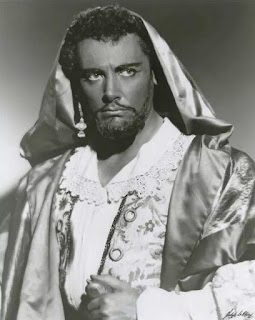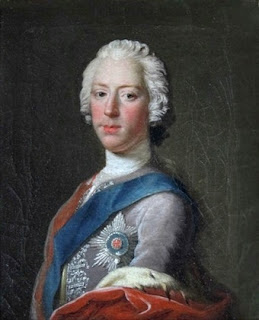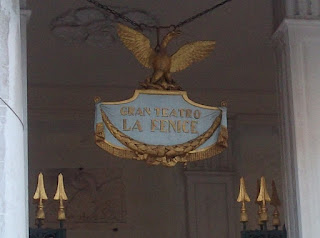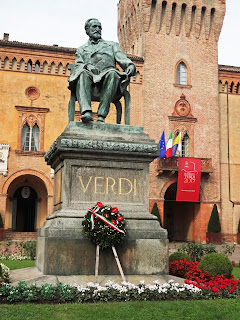Work by brilliant professor benefits astronauts today
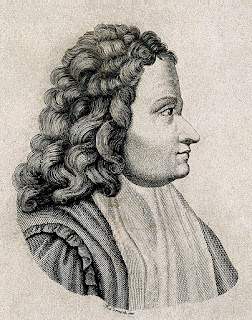 |
| A line engraving of Antonio Maria Valsalva by Romuald Ceracchi |
Valsalva’s research focused on the anatomy of the ear and his discoveries were so important that a piece of equipment used by astronauts today is named after him.
The Valsalva device in spacesuits allows astronauts to equalise the pressure in their ears by performing the Valsalva manoeuvre inside the suit without using their hands to block their nose. It has also been used for other purposes, such as to remove moisture from the face.
Valsalva was born in Imola in 1666. He received an education in humanities, mathematics and natural sciences before going on to study medicine and philosophy at Bologna University. He later became Professor of Anatomy at Bologna University.
His main interest was the middle and inner ear and it was Valsalva who coined the term Eustachian tube for a part within the ear. It was named after the 16th century anatomist Bartolomeo Eustachi who had described the tube in his written work.
The Valsalva manoeuvre, the forcible exhalation against a closed airway, often practised by people to equalise pressure between the ears when on an aeroplane, is still used by doctors today to help them with diagnosis in certain situations.
Valsalva’s most substantial contribution to the field of medicine was his detailed, illustrated work about the anatomy, physiology and pathology of the ear, published in 1704.
Valsalva died after a stroke in 1723 and was buried in the church of San Giovanni in Monte in Bologna.
 |
| Imola's well-preserved Rocca Sforzesca dates back to the 14th century, when control was disputed by powerful families |
Imola, where Antonio Valsalva was born, is a City in the province of Bologna in Emilia-Romagna. It dates back to Roman times and there are many fascinating historic buildings to see in the centre. The castle, the Rocca Sforzesca, is well preserved, and is nowadays the home of an internationally respected piano academy and the Cinema d’Este, which shows films in July and August. Imola is also home to the Autodromo Internazionale Enzo e Dino Ferrari, a famous automobile racing circuit.
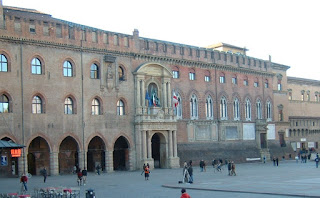 |
| Bologna's historic university, founded in 1088, is the oldest in the world |
Bologna University was founded in 1088 and is the oldest in the world. There is a portrait of Valsalva in the university’s oldest surviving building, the Archiginnasio, which is now a library. It is open Monday to Friday from 9am to 7pm, and on Saturdays from 9am to 2pm and is just a short walk from Piazza Maggiore and the Basilica di San Petronio in the centre of the city.
More reading:
The founding father of Italian psychiatry, Andrea Verga
The professor who turned pathology into a science
Samantha Cristoforetti, Italy's firsy female astronaut
Also on this day:
1891: The birth of Sardinia's first prime minister of Italy, Antonio Segni
1925: The birth of Olympic showjumper Raimondo D’Inzeo
(Picture credits: Sforza Castle at Imola by Ruben Alexander via Creative Commons)
Home

